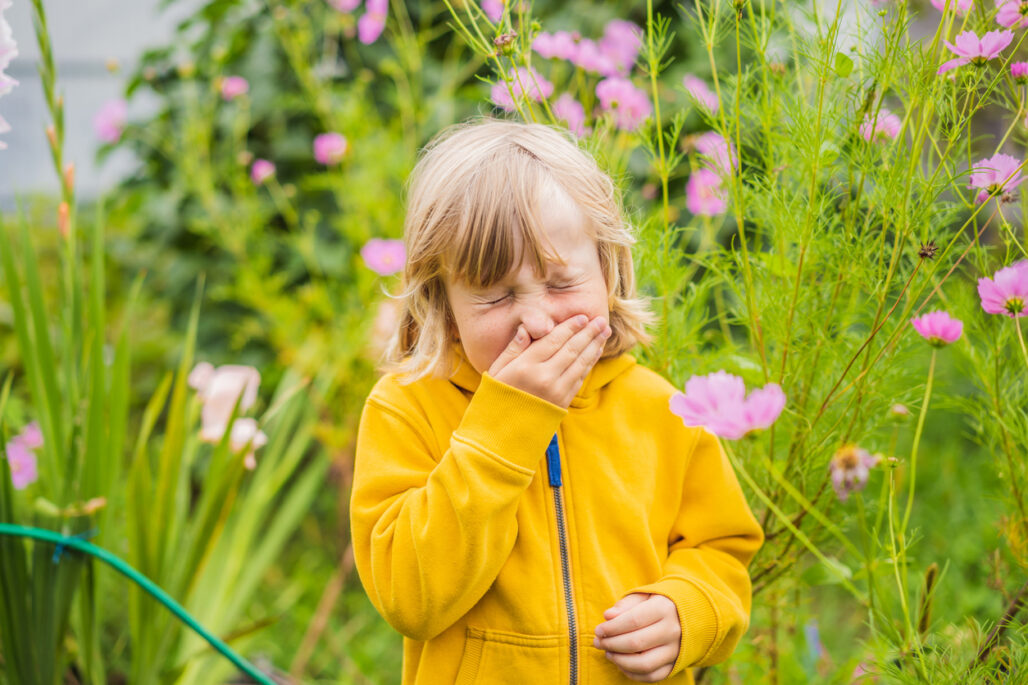Conditions Treated
- Asthma occurs when airways in the lungs become inflamed and constricted. The muscles surrounding the airways tighten, and your mucus is produced inside the airway, causing trouble breathing. Asthma symptoms may include cough, shortness of breath, chest tightness, and wheezing.
- Eczema, hives, and rashes are skin allergies. The most common allergic causes of rashes are medicines, insect stings, foods, animals, and chemicals used at home or work. Symptoms may include itching, reddening, flaking, or peeling of the skin.
- Rhinitis is an allergic reaction that occurs in the nose. Symptoms may include sneezing, congestion, runny nose, and itching of the nose, the eyes, and/or the roof of the mouth. When this occurs during the spring, summer, or fall, the condition is often called “hay fever,” and is caused by exposure to pollens or outdoor molds. When the condition occurs year-round, it might be caused by exposure to house dust mites, household pets, indoor molds, or allergens at school or in the workplace.
What to Expect
- Allergy tests may be performed to determine what allergens are involved and how to best treat them.
- Prevention education helps patients learn how to avoid or decrease exposure to allergens that trigger the allergic reaction.
- Medicine may be prescribed to help alleviate allergy symptoms.
- Desensitization therapy is treatment for environmental allergies, such as ragweed, grass pollens, and dust mites. We offer sublingual immunotherapy (SLIT) or “allergy drops” in which a small dose of the allergen is placed under the patient’s tongue. The first dose is taken in the Clinic, under a provider’s supervision. After that, the drops can be self-administered at home three times a day. Over time, the dose gradually increases and the body develops a tolerance to the allergen from immunotherapy.
Resources
How to Reduce Asthma Triggers – Minnesota Department of Health





